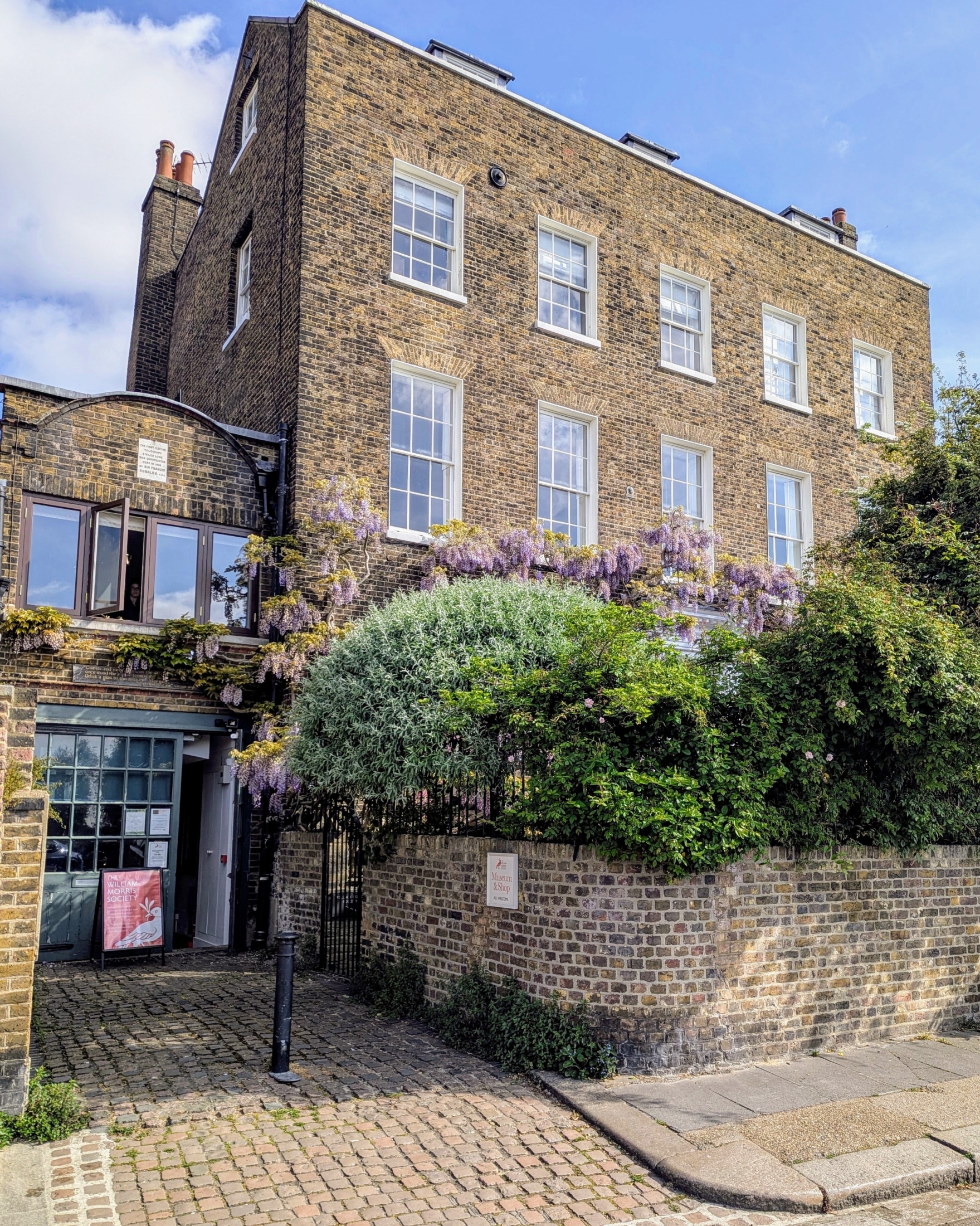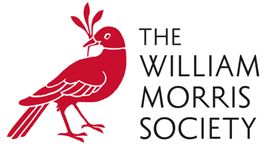Visit our Museum

Welcome to Kelmscott House, Hammersmith
Step into the world of William Morris at Kelmscott House, where he lived, designed, and dreamt by the Thames.
Explore our museum, the historic Coach House, and the lower rooms that bring Morris’s creativity to life. Immerse yourself in original designs, personal artefacts, and the spirit of the man himself.
If you’d love to dive deeper into Morris’s life, ideas, and legacy, consider signing up to one of our events or becoming a Member of the society. Please remember to check current opening days and times before planning your visit, as we may adjust for special exhibitions or events.
Plan your visit
The Society’s museum is in the coach house and lower rooms of Kelmscott House. William Morris lived at Kelmscott House from 1878 until his death in 1896 and the main section of the house is still a home today.
Opening Hours & Admission
- Open: Thursday – Sunday, 10:00 am to 4:00 pm
- Admission: £5 per person
- Please note we are cashless and only take card payments.
What’s on During Your Visit
- Permanent Exhibition – Practically Magic: William Morris at Home in Hammersmith
Explore Morris’s artistry, his family life and the creative community that thrived in his riverside home. Delve into original designs, printing blocks, personal memorabilia and connections with friends and colleagues. - Special Events & Tours
From workshops and tours to talks and walks, check out our What’s On page for details and updates.
Groups & Educational Visits
We warmly welcome classes, societies and private groups. Early booking is advised to ensure availability and to tailor your experience. Please visit our Groups section or contact us via email to discuss options or special arrangements museum@williammorrissociety.org
Accessibility & Visitor Support
- Access: The Coach House, Garden room and disabled toilet are accessible via a ramp, but if you have mobility needs or require assistance, please contact us in advance so we can accommodate your visit comfortably. Disabled parking can be arranged with advanced notice.
- Guide Dogs are permitted
- Our nearest Changing Places facilities are located in at the Lyric Theatre, Hammersmith
- We aim to be inclusive of all needs, just reach out with any questions or requests
Getting Here
Address:
William Morris Society & Museum, Kelmscott House
26 Upper Mall, Hammersmith, London W6 9TA
Phone: 0208 741 3735
Email: museum@williammorrissociety.org
By public transport:
- Nearest tube stations: Ravenscourt Park (District line – 10 min walk) and Hammersmith (Piccadilly, District, Hammersmith & City lines- 15-minute walk)
- Nearby buses: Routes stopping along King Street or Hammersmith Bridge Road
By car:
- There is limited local on-street parking but nearby public car parks are available. We recommend using public transport where possible.
Want to Know More?
- Children & Families: Ask at reception for our free children’s Strawberry Thief activity trail, perfect for curious little artists and Morris enthusiasts.
- Food & Drink: There’s no café on-site, but there are plenty of cafés, pubs and eateries nearby in Hammersmith. Some our favourites include:
Have questions? Feel free to get in touch with the team via phone on +44 (0)208 741 3735
or email at museum@williammorrissociety.org or visit our FAQ’s page
“I determined to do no less than to transform the world with beauty






